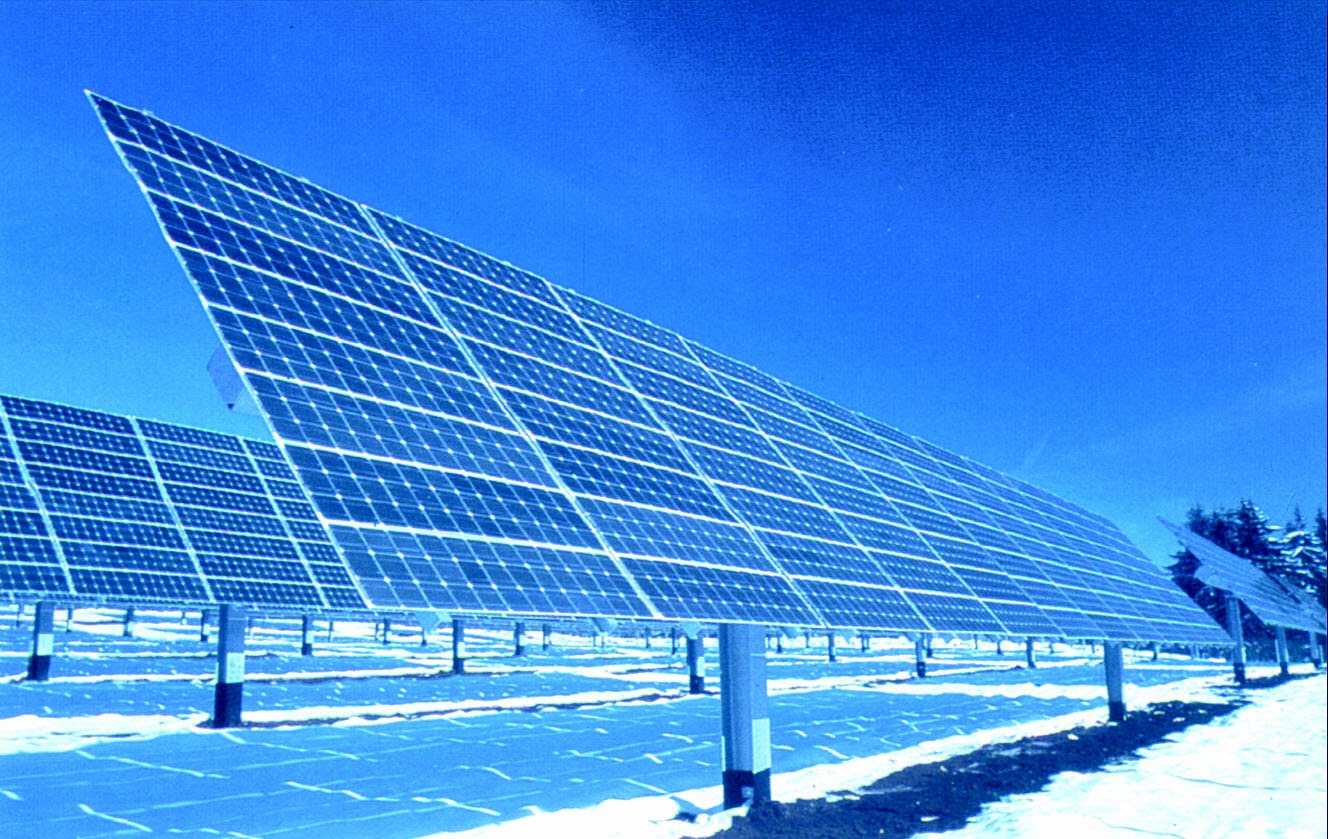The impact of deepwater disasters
Many of the worst disasters that occur at sea involve oil. This substance can have a devastating impact on the flora and fauna of the oceans, and it can be extremely difficult to clear up.
Fortunately, organisations now have access to sophisticated spill control technology thanks to specialist suppliers like www.lubetech.co.uk/. These solutions can help to make dealing with a spill a much quicker and easier process, and they can limit any harm.
Different types of disaster
Most oil leaks occur at or near the surface of the sea when ships transporting the fossil fuel get into difficulties. One of the worst such events occurred in March 1989 and involved a huge oil tanker named the Exxon Valdez. As it sailed out of port in Alaska, it foundered on rocks and its hull was torn open. More than 11 million gallons of black crude escaped into the waters of the Prince William Sound. The oil reached beaches as far as 650 miles away and creatures including seals, killer whales, salmon and sea birds were killed in large numbers.

However, not all oil spills occur near the ocean’s surface. The Deepwater Horizon accident in the Gulf of Mexico was a classic case in point. An explosion at the rig in April 2010 triggered a huge oil leak that took well over two months to plug. During this time, vast quantities of oil leaked out into the oceans. The environmental damage caused by the event is still being assessed, but it is extensive.
The damaging effects of oil
Oil can harm wildlife and plants in a number of different ways. Because its chemical constituents are poisonous, it can cause damage when ingested or inhaled by creatures. It can also cause eye and skin irritation. In addition, its viscosity can smother some small species of fish and invertebrate, and it can coat fur and feathers, reducing mammals’ and birds’ ability to keep themselves warm.
Because most oils float, the creatures worst affected by spills are those that are found near to the surface of the water or along the shorelines. For example, seabirds are particularly at risk. Sea otters and seals are often harmed too.

Meanwhile, the type of oil involved has an impact on the damage caused. ‘Light’ fuel oils, like diesel and gasoline, tend to be very volatile. This means they evaporate fairly quickly when they reach the surface of the sea. However, there is a risk that they will ignite or explode, and they can be highly toxic. In contrast, ‘heavy’ oils like the bunker fuels used to power ships, can persist in the oceans for months or even years if they are not removed. They are less toxic than light oils, but they are more likely to smother animals.
Harm at greater depths
It’s important to note that oil does not only affect life at the surface of the oceans. In July 2014, a research team led by Charles Fisher, professor of biology at Penn State University, published a paper suggesting that coral located deep down at the sea bed had been harmed by the Deepwater Horizon leak. The scientists found that multiple coral communities up to 22km from the site of the spill and at depths of over 1,800 had been affected by the accident.
Commenting on the discovery, Professor Fisher remarked: “The footprint of the impact of the spill on coral communities is both deeper and wider than previous data indicated.”
Given the potentially devastating consequences of both deepwater and surface oil spills, it’s vital that organisations do all they can to prevent these accidents, and to contain any leaks if they do occur.


0 Comments
Recommended Comments
There are no comments to display.